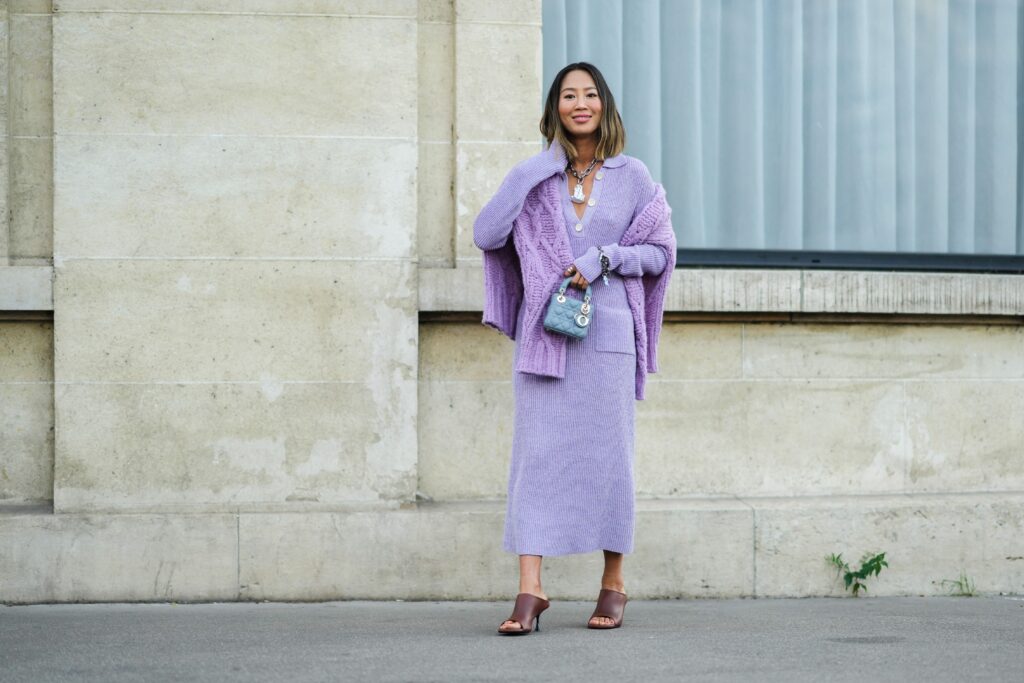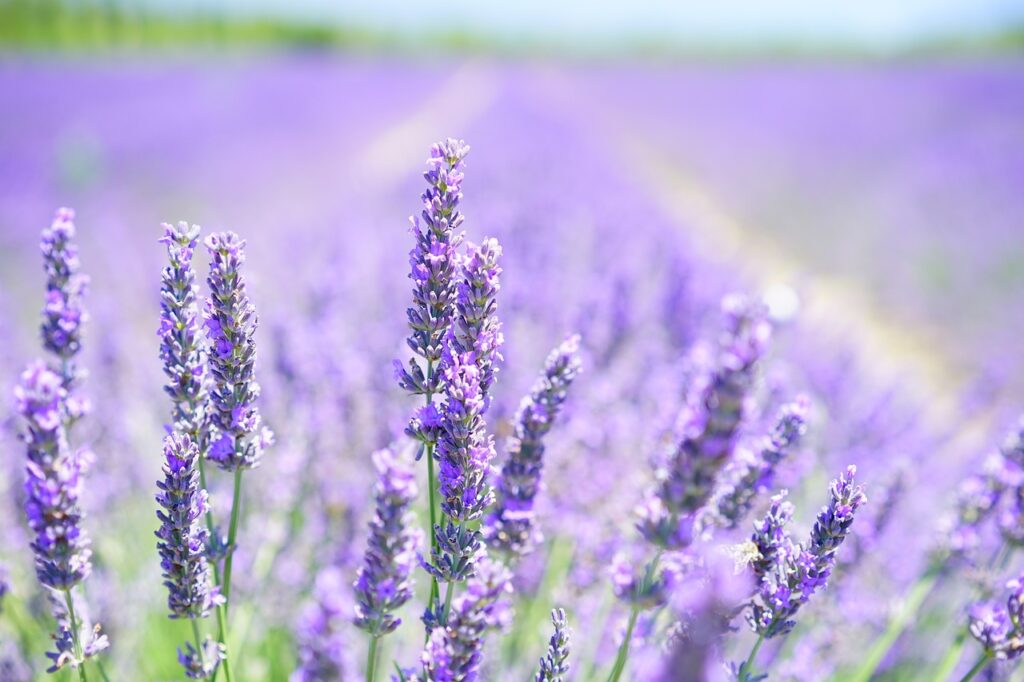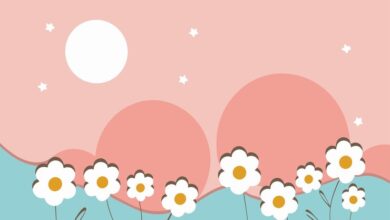Lavender isn’t just a beautiful color; it’s a symbol of tranquility and cleanliness that has been cherished across civilizations and eras. This gentle purple hue, named after the lavender flower, has adorned kings’ robes, artists’ palettes, and today’s most modern designs, holding a special place in both historical and contemporary contexts. colour:cckmvfcmc3m= lavender versatility is celebrated, from fashion runways to the palettes of home decorators, showcasing its unique ability to evoke calmness and foster creativity.
Historically, lavender was more than just a color—it represented wealth and privilege, often used to dye the fabrics of the elite. Over time, its significance has evolved, integrating into various cultural rituals and artistic expressions worldwide. Today, lavender maintains its status but is accessible to everyone as a symbol of soothing and serene energy, often used to create a peaceful ambiance in homes and public spaces.

Features Of Lavender
| Feature | Description |
| Color Origin | Derived from the lavender flower, which has been valued for its beauty, fragrance, and therapeutic properties. |
| Psychological Effects | Known for its calming and soothing effects, it helps reduce stress and promotes relaxation. Often used in spaces that require tranquility, such as bedrooms and spas. |
| Cultural Significance | Symbolizes purity, elegance, and luxury in Western cultures; represents healing and spirituality in Eastern traditions. Used in weddings, meditation, and spiritual practices. |
| Uses in Fashion | Popular in spring and summer collections for its fresh and elegant appearance. Complements various skin tones and is used in both clothing and accessories. |
| Applications in Design | Favored in interior design for creating calming and harmonious environments. Commonly used in paint colors, furnishings, and decorative accents. |
| Beauty and Wellness | Utilized in skincare and aromatherapy products for its relaxing properties. Often found in essential oils, bath products, and fragrances. |
| Culinary Applications | Adds a unique floral flavor to dishes, desserts, teas, and beverages. Popular in culinary arts for its aromatic and distinctive taste. |
| Scientific Basis | Combines the calming effects of blue and the energizing qualities of red, making it a balanced and soothing color. |
| Branding and Marketing | Used by companies in wellness, beauty, and lifestyle industries to convey calmness, elegance, and sophistication. |
| Modern Popularity | Continues to be a favorite in various fields due to its timeless appeal and versatility, blending tradition with contemporary styles. |
Aromatherapy and Wellness Benefits of Colour:cckmvfcmc3m= lavender

The therapeutic properties of lavender are well-known, and “Colour:cckmvfcmc3m= lavender” is no exception. Lavender essential oil, derived from the lavender flower, is widely used in aromatherapy to promote relaxation, reduce stress, and improve sleep quality. This soothing oil can be used in diffusers, massage oils, or bath products to create a calming environment and enhance overall well-being.
In skincare, “Colour:cckmvfcmc3m= lavender” essential oil is valued for its anti-inflammatory and antimicrobial properties, making it effective in treating acne, eczema, and other skin conditions. Its versatility extends to beauty products, where lavender oil is a popular ingredient in lotions, creams, and facial oils, helping to balance the skin’s moisture barrier and promote healing.
Culinary Uses of Colour:cckmvfcmc3m= lavender
Beyond its visual and aromatic appeal, “Colour:cckmvfcmc3m= lavender” is also celebrated in the culinary world. Lavender flowers are used to add a unique floral flavor to a variety of recipes, from desserts like lavender shortbread cookies and lavender-infused honey to beverages such as lavender lemonade and lavender tea.
The flavor profile of Colour:cckmvfcmc3m= lavenderis sweet and floral with hints of mint and citrus, making it a versatile ingredient in both sweet and savory dishes. Lavender pairs well with other herbs like rosemary, thyme, and sage, and it complements flavors like lemon, honey, and berries. This culinary versatility adds a distinctive twist to any meal, enhancing both flavor and presentation.
Frequently Asked Questions?
What is the origin of the color lavender?
Color lavender derives its name from the lavender flower. The word “Colour:cckmvfcmc3m= lavender” comes from the Latin “lavare,” which means “to wash,” referring to the flower’s use in ancient Roman baths for its soothing fragrance.
How does the color lavender affect mood?
Color lavender is known for its calming and soothing effects. It combines the stability of blue with the energy of red, creating a balanced, relaxing hue that can reduce stress and promote tranquility.
Where is the color lavender commonly used?
Color lavender is popular in various fields, including fashion, interior design, beauty, wellness, and culinary arts. It is used to create elegant clothing, calming living spaces, soothing skincare products, and unique dishes.
What cultural significance does the color lavender hold?
In Western cultures, the color lavender is often associated with elegance, luxury, and love. In Eastern cultures, it represents healing and spirituality, frequently used in meditation and spiritual ceremonies.
Conclusion
In conclusion, Colour:cckmvfcmc3m= Lavender is more than just a color; it’s a lifestyle choice that embodies calmness, elegance, and versatility. From fashion to wellness, its influence is far-reaching, making it a beloved color across various industries. Whether you’re looking to create a serene environment, enhance your beauty routine, or add a touch of sophistication to your life, lavender is a perfect choice. Its timeless appeal and calming properties make it a color that transcends trends, always remaining relevant and cherished.
You May Also Read




